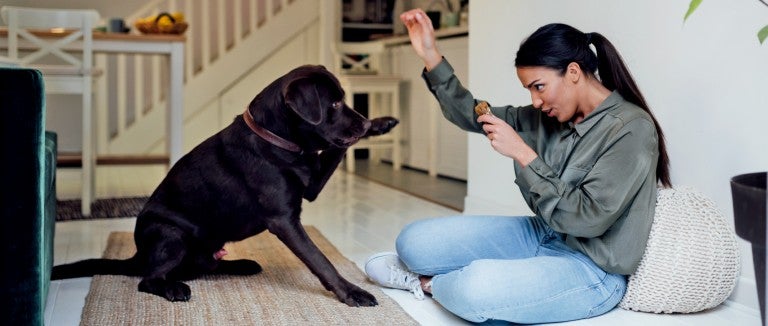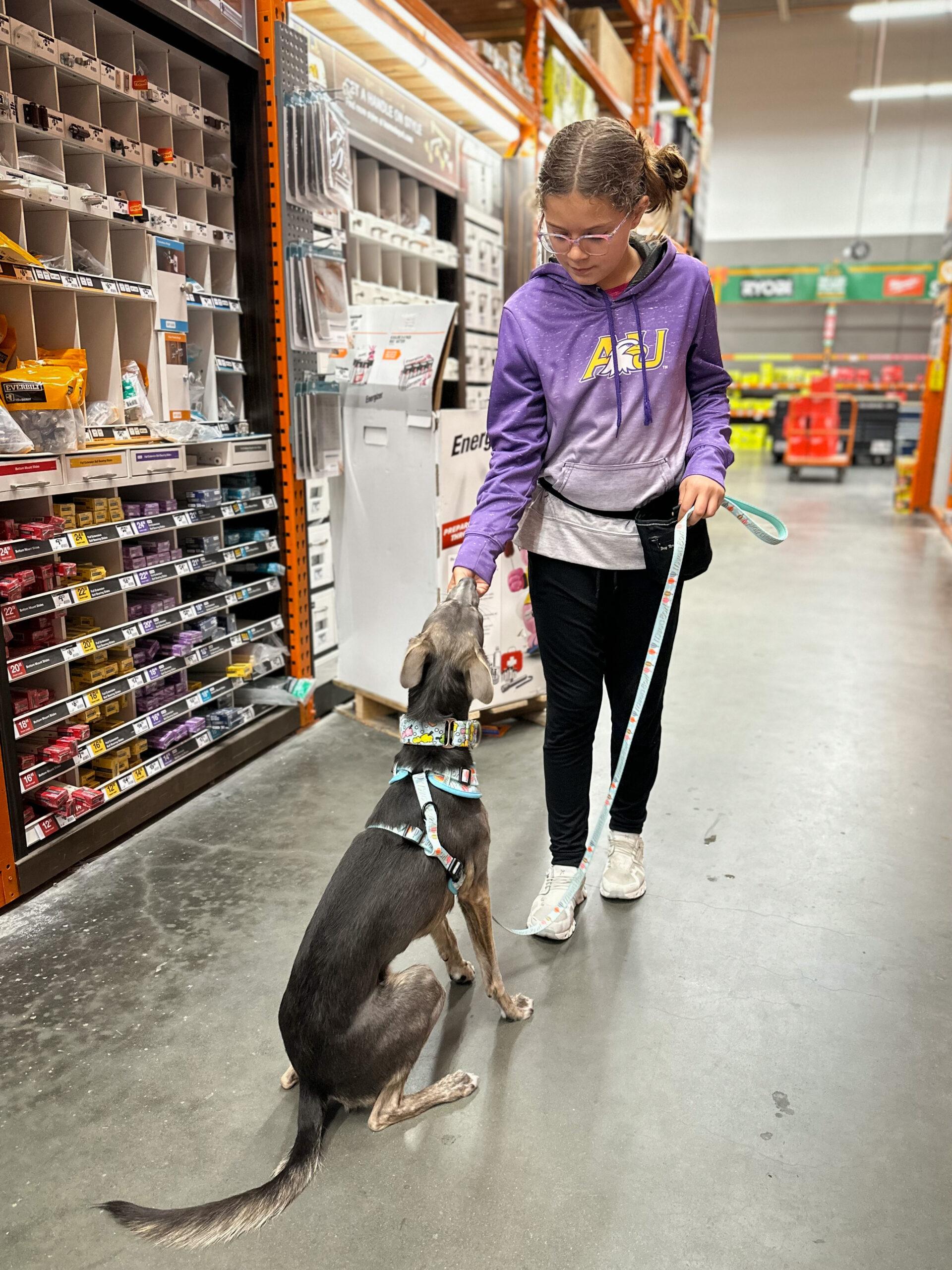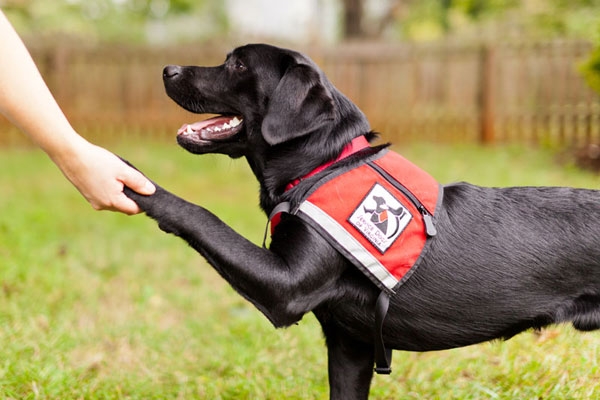Puppy Training: Start Your Pup Off Right with Professional Guidance
Puppy Training: Start Your Pup Off Right with Professional Guidance
Blog Article
Top Pet Training Methods Every Proprietor Need To Know
Amongst the most popular methods are favorable support, clicker training, and chain training, each offering special benefits that contribute to a mannerly canine. As we explore these basic methods, it becomes noticeable that understanding their subtleties can substantially affect the training experience and the pet dog's total habits.
Positive Support Methods
Making use of favorable reinforcement strategies is necessary for efficient pet dog training, as it cultivates a relying on bond between the instructor and the pet dog. This approach concentrates on fulfilling desirable habits rather than penalizing undesirable ones, developing a setting for finding out. Benefits can include deals with, appreciation, or playtime, which encourage pet dogs to duplicate the habits that make them these incentives.
Positive reinforcement is rooted in the concepts of operant conditioning, where behavior is affected by its repercussions. By consistently fulfilling particular activities, trainers can form a pet dog's behavior gradually. For instance, a canine that rests on command and obtains a treat is much more most likely to duplicate that behavior in the future.
Furthermore, this technique boosts the dog's enthusiasm for training sessions. They are much more engaged and receptive when pets link training with favorable experiences. Beyond immediate behavior modification, positive reinforcement encourages a collective connection in between the pet and instructor, minimizing stress and anxiety and anxiety.
To maximize efficiency, it is vital to supply rewards promptly, ensuring the canine links the behavior with the reinforcement. Basically, positive support strategies not just generate better-trained pet dogs however also promote a harmonious collaboration in between pet dog and proprietor.
Clicker Training Method
The clicker training method is a very effective technique that develops upon the principles of favorable support by adding a distinct sound to mark desired actions. This technique uses a little portable tool that produces a clicking sound, permitting fitness instructors to connect with their pets in a clear and instant way. When a pet dog carries out a behavior that the proprietor wants to encourage, the remote control is triggered, followed by an incentive, commonly in the kind of treats or appreciation.
The secret to successful remote control training hinges on uniformity and timing. It is important to click at the exact minute the desired actions occurs, guaranteeing that the pet connects the audio with the activity and the subsequent reward. This approach not just enhances interaction but additionally cultivates a stronger bond in between the owner and the dog, as it encourages interaction and communication throughout training sessions.
Clicker training can be put on a variety of actions and commands, from fundamental obedience to a lot more complex techniques. Its versatility and efficiency make it a popular method amongst professional instructors and pet proprietors alike, paving the means for a well-trained and receptive canine buddy.

Chain Training Basics
Effective chain training is essential for making certain a satisfying and safe strolling experience for both pets and their proprietors. A level collar might function for some canines, while others may benefit from a harness that minimizes pulling.
Introduce your dog to the chain slowly, allowing them to explore it in a comfortable setting. Once they are accustomed, practice loose-leash walking. This includes satisfying your canine for walking close to you instead of drawing ahead. Usage treats and appreciation to reinforce wanted behavior, and make sure to stay assertive and tranquil.
If your canine starts to pull, quit walking quickly. Wait click here now up until they go back to your side before resuming. This shows them that pulling does not cause progress. In addition, practice different walking settings to help your pet adapt to distractions.
Regular practice will certainly strengthen your pet dog's understanding of leash rules. Keep in mind that leash training is an ongoing process; persistence and uniformity will certainly generate the very best results, fostering a positive experience for both you and your canine companion.
Socialization Methods
Socializing is a vital facet of canine training that should ideally begin during puppyhood but can be valuable at any kind of age. Reliable socializing assists pet dogs establish confidence and decreases the possibility of behavioral problems. To carry out effective socialization methods, subject your pet dog to a range of atmospheres, people, and various other pets.

Begin with controlled settings, such as young puppy courses or arranged playgroups, where young dogs can connect safely. Progressively present your canine to brand-new experiences, consisting of different go right here sounds, surfaces, and activities. Ensure these encounters are gratifying and favorable to establish a complacency.
For grown-up pets or those lacking direct exposure, start with low-stress circumstances. Short, positive interactions with calm pets and friendly humans can create favorable associations - Dog training. Make use of treats and praise to enhance preferable behaviors during these experiences
Checking your pet dog's body language is essential; indications of anxiety or aggression ought to be resolved right away, either by removing the canine from the situation or rerouting its emphasis. Constantly revealing your pet to diverse stimulations will promote flexibility, making it an all-round friend efficient in thriving in different setups.
Consistency and Persistence
Identifying the relevance of consistency and persistence in pet training is vital for achieving long lasting outcomes. Training a pet dog is a steady process that requires a structured technique and unwavering dedication from the owner. Each command or behavior must be reinforced continually to help the canine comprehend what is anticipated of them. Irregular training can cause complication, making it tough for the pet dog to comprehend commands or actions, ultimately impeding progression.
Dogs, like human beings, learn at their own rate. This cultivates a trusting partnership between the pet dog and owner, urging a much more ready and passionate student.
To grow consistency and persistence, develop a routine training routine, make use of the same commands, and ensure that all family participants use the same training concepts - Dog training. By doing so, you produce a stable environment for discovering, permitting your pet dog to grow and develop right into a mannerly companion

Conclusion
In verdict, effective dog training strategies, such as favorable reinforcement, clicker training, and correct chain training, are necessary for promoting a healthy owner-dog relationship. In addition, applying socialization techniques and keeping consistency and patience throughout the training procedure contributes considerably to a pet's general wellness. By incorporating these techniques, canine proprietors can promote the advancement of well-adjusted, obedient family pets, ultimately boosting the lifestyle for both the canine and the proprietor.
Among the most prominent approaches are positive support, clicker training, and chain training, each offering special benefits that contribute to a well-behaved dog. As we check out these basic methods, it becomes obvious that mastering their subtleties can significantly influence the training experience and the pet dog's general habits.Utilizing positive support methods is vital for efficient canine training, as it fosters a relying on bond between the check my source fitness instructor and the pet dog.In final thought, reliable dog training methods, such as positive support, remote control training, and appropriate chain training, are important for promoting a healthy owner-dog partnership. By incorporating these approaches, canine owners can promote the development of well-adjusted, obedient animals, inevitably boosting the quality of life for both the proprietor and the dog.
Report this page